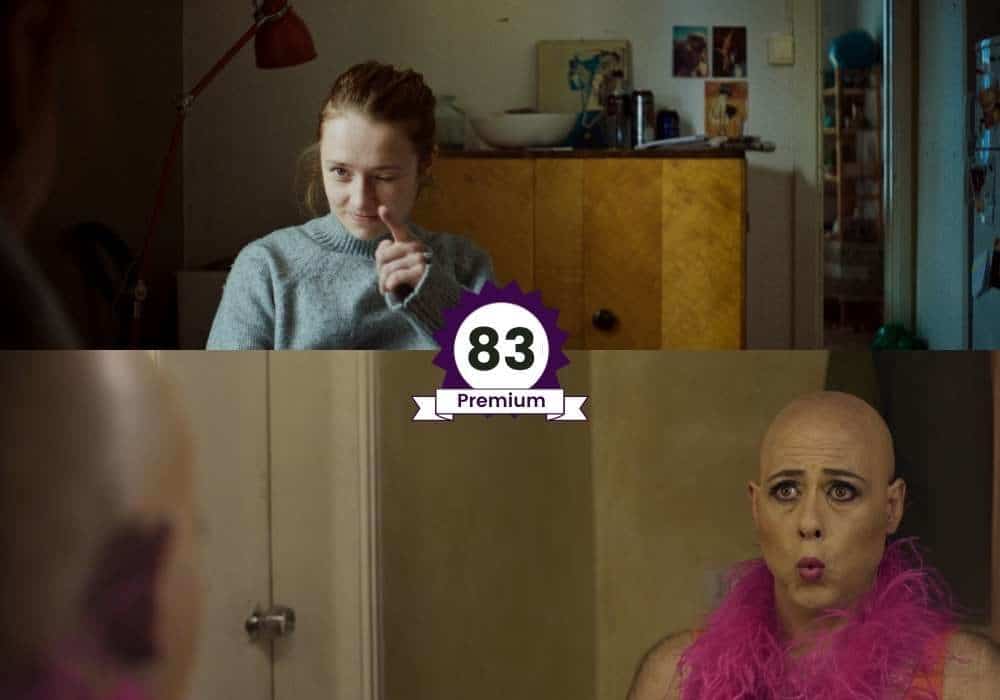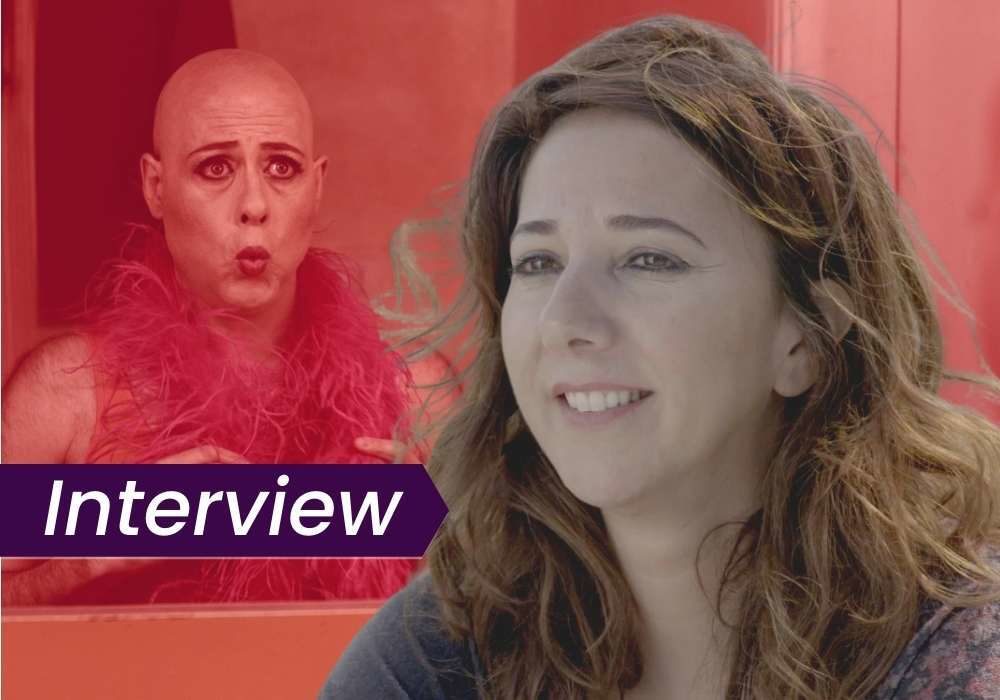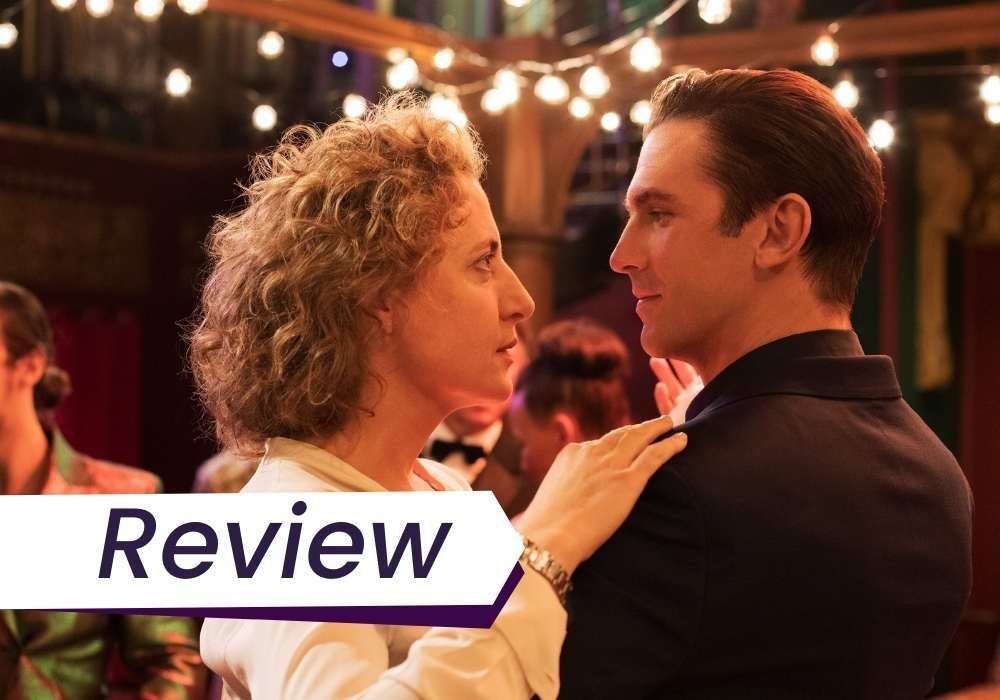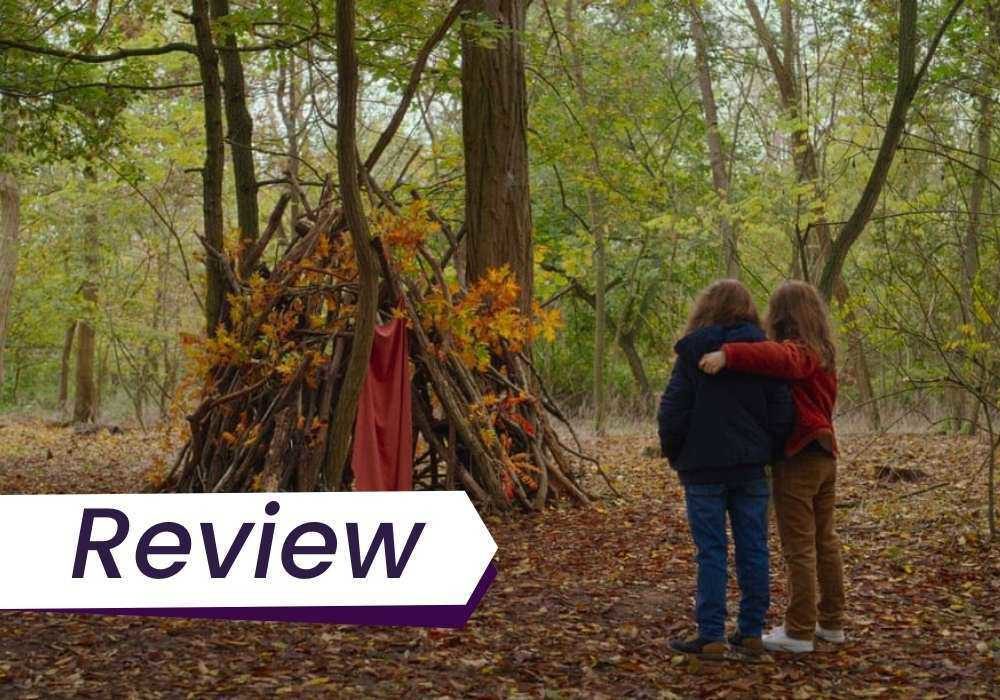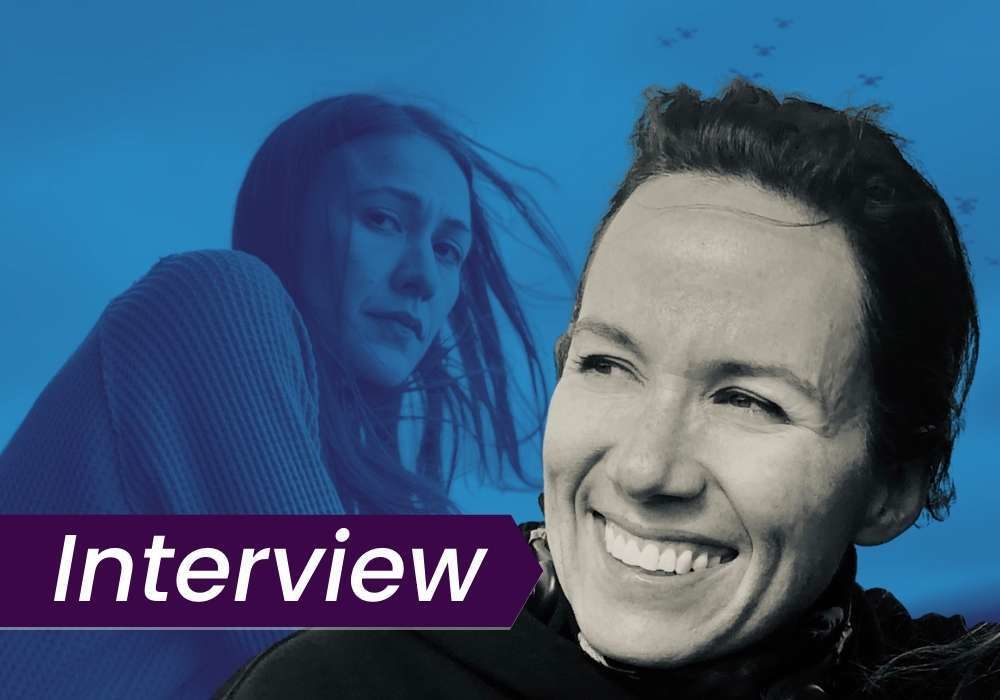We begin our deep dive on Berlinale 2021, discussing the festival overall and the sidebar competitions.
Berlinale Film Festival
‘As a filmmaker, I try to create space for catharsis’: Eliane Raheb on Miguel’s War
Eliane Raheb discusses Miguel’s War and using creative documentary techniques to explore her subject’s life and trauma.
Berlinale Review: A girl wakes up to misogyny inSummer Blur
Han Shuai’s feature debut, Summer Blur, follows thirteeen-year-old Guo in a hot summer in Wuhan where everyone seems to be exploiting women.
Berlinale Review: I’m Your Man — Are mirrors the perfect lovers?
In Maria Schrader’s I Am Your Man, a cuneiform researcher is torn between her ethics and the appeal of a robot lover who meets all her needs.
Berlinale Review: The long goodbyes of Céline Sciamma’s Petite Maman
In Céline Sciamma’s fifth feature, Petite Maman, getting to know your mother is like chasing after a ghost.
Danis Goulet on her Indigenous sci-fi thriller Night Raiders
Cree filmmaker Danis Goulet discusses her feature debut Night Raiders, which looks at motherhood and the horrors of residential schools through a sci-fi lens.
